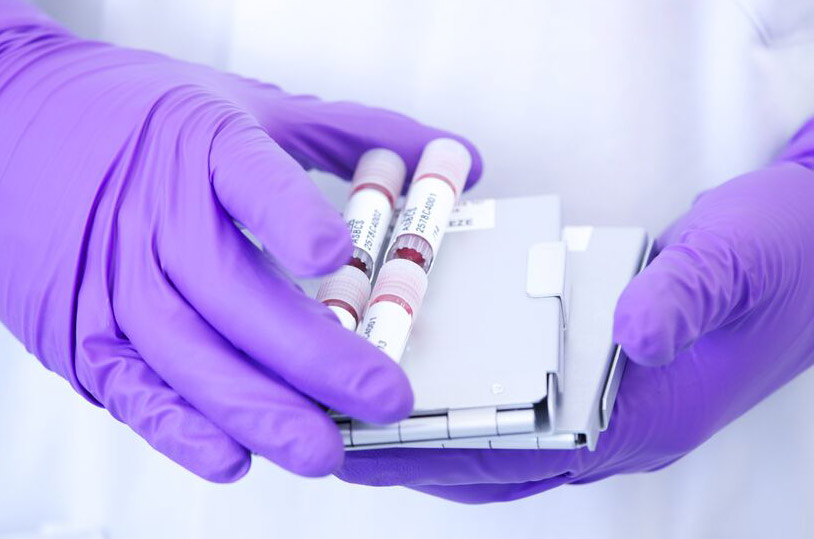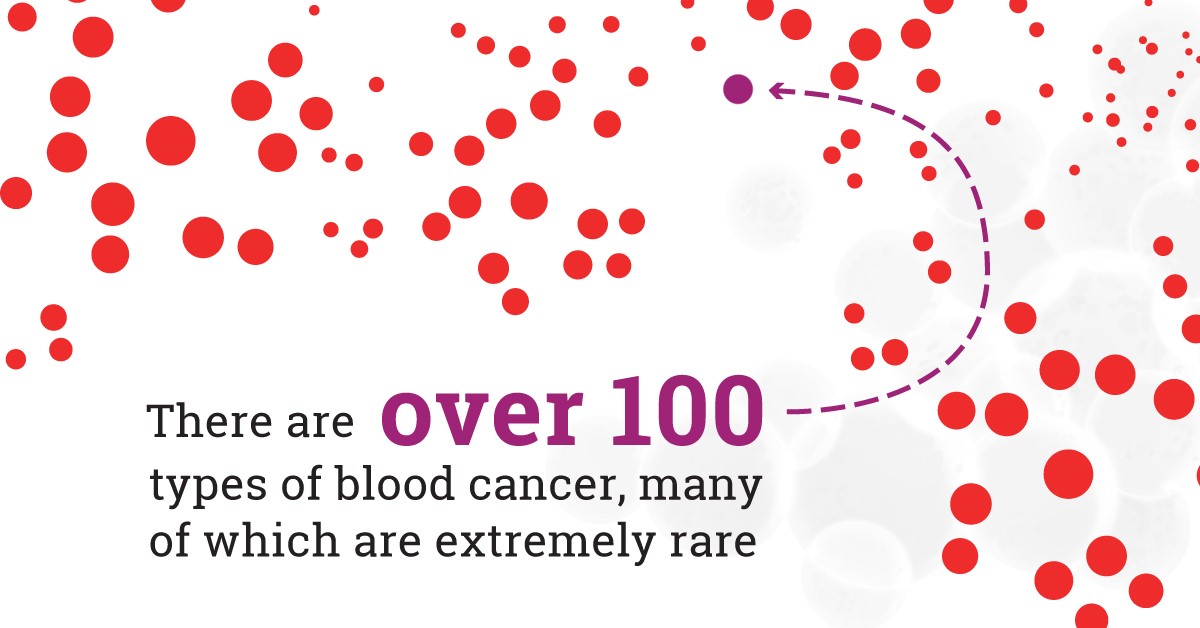
Did you know, each year, approximately 5,700 people are diagnosed with myeloma in the UK?
We’ve produced an informative overview to help answer your frequently asked questions on the sign, symptoms, and treatments of myeloma.
What is myeloma?
Myeloma is a cancer of the plasma cells, a white blood cell found in the bone marrow and responsible for producing the antibodies that help us to fight infection.
This form of cancer is caused by plasma cells multiplying uncontrollably in the bone marrow, which interferes with the production of red blood cells, causing anaemia and bone damage.
What is multiple myeloma?
Myeloma affects multiple places in the body such as the spine, skull, pelvis and ribs, which is why it’s often referred to as multiple myeloma.
What are the signs and symptoms of myeloma?
Malignant plasma cells form clusters that affect bones causing holes called lytic lesions. These can be painful and eventually make the bone so weak it can break.
Common places for fractures and bone pain in patients with myeloma include vertebrae, ribs, breast bone, pelvis, and arm and leg bones.
The main symptoms to look out for include:
- Bone pain, most frequently in the middle or lower back, the rib cage and the hips
- Fatigue or an overwhelming tiredness
- Recurring infections
Is myeloma hereditary?
Although myeloma is not inherited in the same way as other diseases, there is a higher occurrence of myeloma in family members than in the general population. However, this does not mean that if a family member has myeloma, you will too.
How is myeloma diagnosed?
Myeloma is diagnosed when the cancerous plasma cells increase and begin to cause damage to the blood, bone or kidneys.
Bone marrow tests can determine the presence and the amount of myeloma cells in the bone marrow, or a full blood count and blood film can be done to make an immediate diagnosis.
If paraprotein in urine is present in people over the age of 50, they should be referred with suspected blood cancer. This is common in 3-4% of people over 50.
Types of treatment
When a person is diagnosed with myeloma, they will need urgent treatment to protect the bones and kidneys from further damage. The treatment varies depending on the age and fitness of the patient.
Treatments for myeloma include targeted therapies and immunotherapy drugs, chemotherapy, steroids and stem cell transplants. These forms of treatment can be very effective at controlling the disease and relieving its symptoms; however, every case is different.
To date, there is no cure for myeloma but the outlook is significantly better than it was 15 years ago, with patients living in excess of 10 years from diagnosis.
To find out more about the three main types of blood cancer; myeloma, leukaemia and lymphoma, download our informative guide here: https://lmruk.org/blood-cancers/.
Further reading:
What is blood cancer? – https://lmruk.org/2021/07/27/what-is-blood-cancer/
What is leukaemia and lymphoma? https://lmruk.org/2021/08/17/what-is-leukaemia-and-lymphoma/








